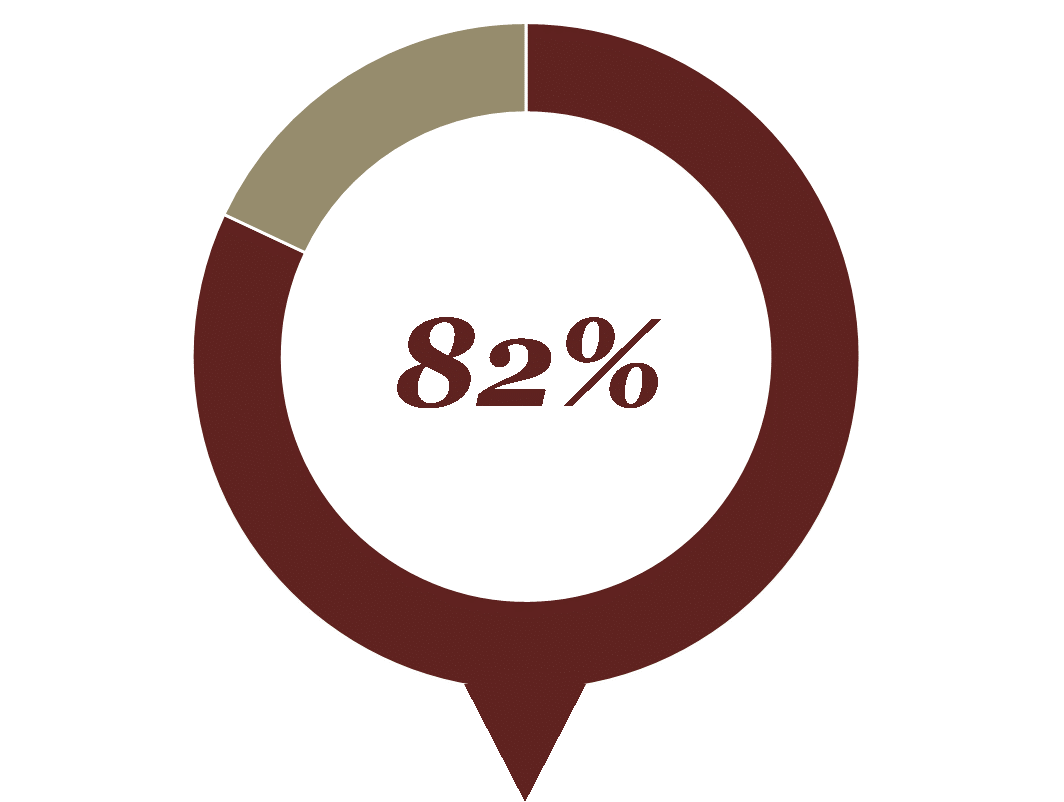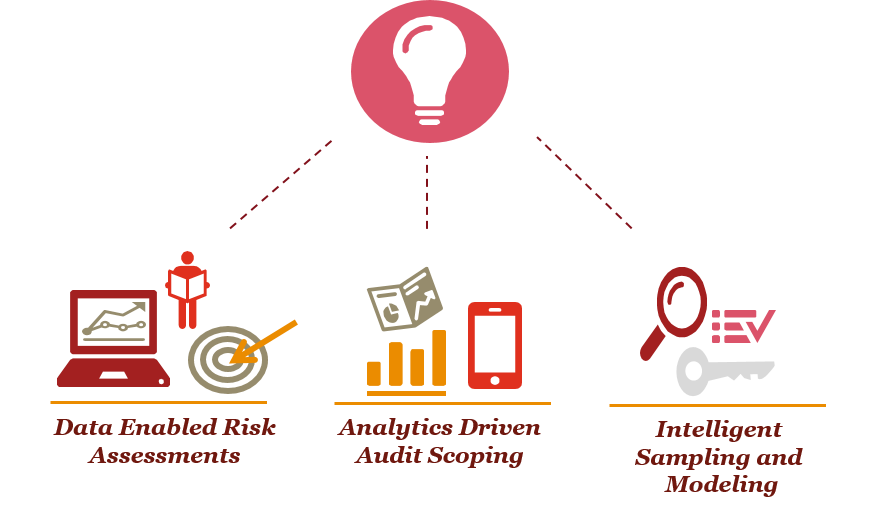Shift your internal audit analytics program into drive
Internal audit continues to search for opportunities to provide deeper insights and value across the organization to address rising pressure from stakeholders, increased regulations, and a dynamic business landscape. To that end, 82% of internal audit functions surveyed in PwC’s 2017 State of the Internal Audit Profession Study have increased their investment in data mining and data analytics to facilitate monitoring of key trends and support continuous auditing. However, many functions are finding their analytics programs stalled and in need of a jump start.
PwC’s internal audit analytics professionals are helping companies shift their internal audit analytics programs into drive and embed analytics in a way that supports the entire audit program. We bring a combination of audit, data analytics, technology, and business knowledge to identify patterns, trends, and anomalous behavior using data. This leads to richer business insights and enables internal audit to position themselves more strategically within the organization.

Of internal audit functions have taken steps to integrate data analytics according to PwC's 2017 State of the Internal Audit Profession Study. However, a long road lays ahead as many seek to fully embed analytics into their audit program.

Benefits of embedding analytics into your internal audit approach
- Deeper business understanding to assist in audit intelligence
- Advanced monitoring capabilities that offer a sustainable, quality approach to managing compliance, controls, and data validation requirements
- End-to-end testing for process and control verification
- Lower existing and future costs through automation of processes
- Earlier identification of anomalies and patterns of high risk, leading to enhanced coverage
- Effective communication of key issues and findings through dynamic dashboards
- Audit functions that are more relevant to the business and to boards
- Governance Risk & Compliance Solutions
- Robotic Process Automation (RPA)
Governance Risk & Compliance Solutions
In an environment of increased regulations and tightened budgets, it’s more critical than ever for organisations to identify and understand business risks. Implementing the right tools in the right way can make the difference between efficient and cost-effective risk management and recurring deficiencies, customer frustration, and a security structure that’s costly and difficult to maintain.
Robotic Process Automation (RPA)
PwC estimates that 45% of workforce tasks can be automated, which could save an estimated $2 trillion in global workforce costs. Software robots are easy to configure and do not require extensive IT knowledge. By deploying these, organizations can use RPA to automate manual tasks, such as copy and pasting data between applications or reconciling and cross-referencing data.
Contact us








